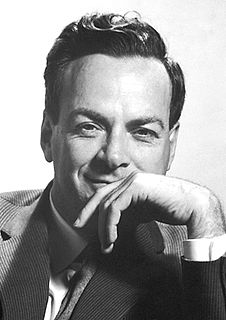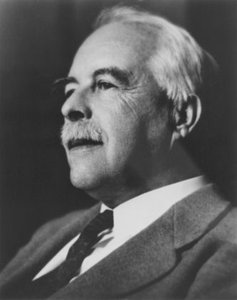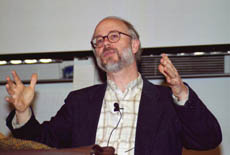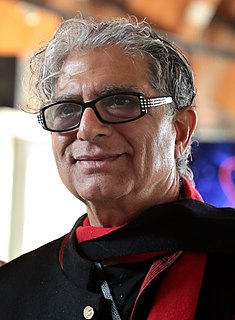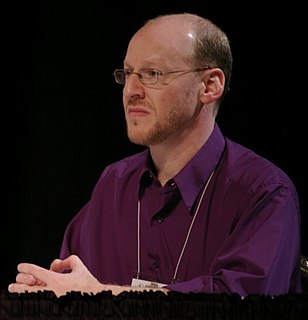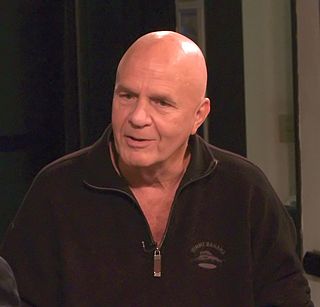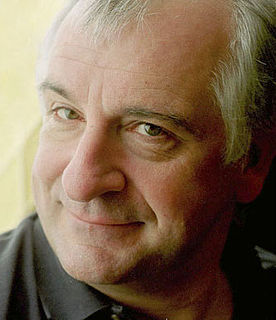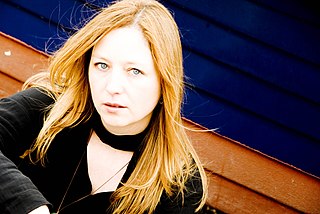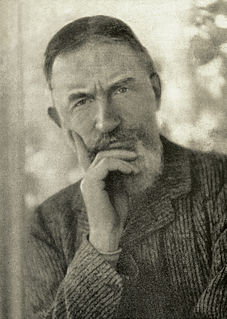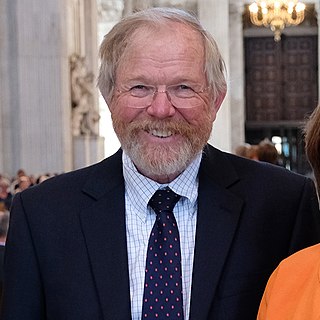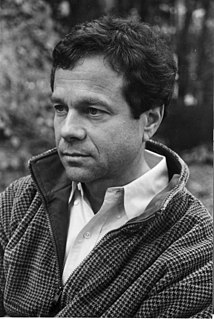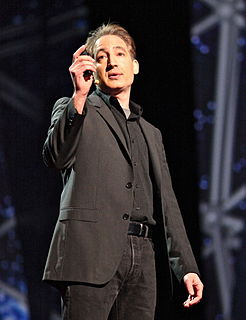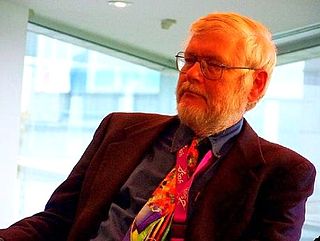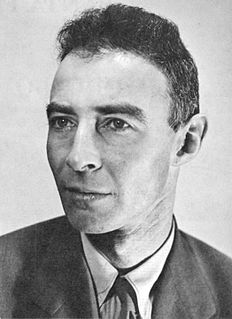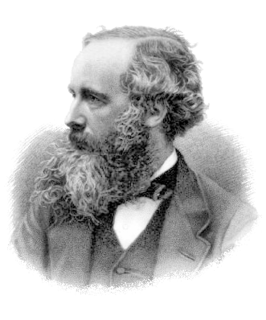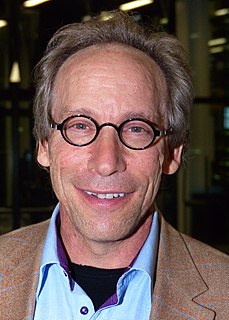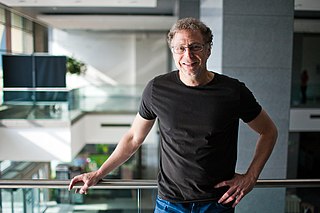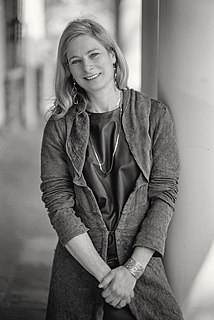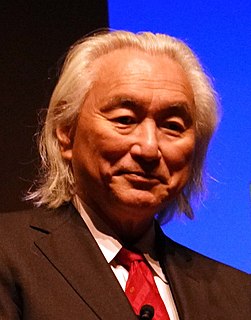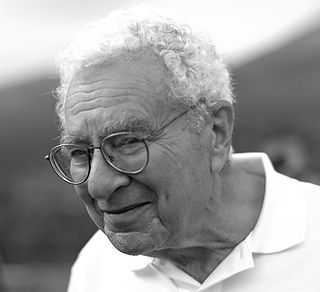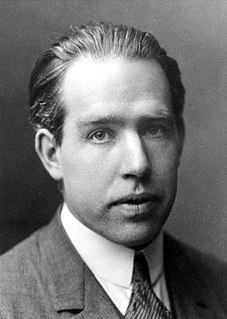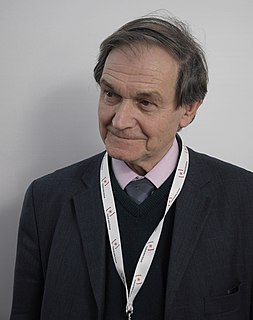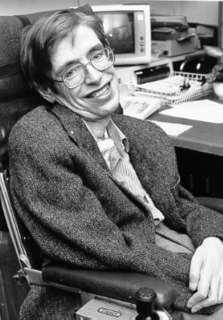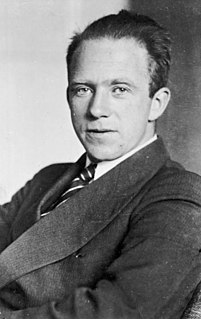A Quote by Richard P. Feynman
When a photon comes down, it interacts with electrons throughout the glass, not just on the surface. The photon and electrons do some kind of dance, the net result of which is the same as if the photon hit only on the surface.
Related Quotes
It is to be emphasized that no matter how many [amplitude] arrows we draw, add, or multiply, our objective is to calculate a single final arrow for the event . Mistakes are often made by physics students at first because they do not keep this important point in mind. They work for so long analyzing events involving a single photon that they begin to think that the arrow is somehow associated with the photon [rather than with the event].
Thus we can get the correct answer for the probability of partial reflection by imagining (falsely) that all reflection comes from only the front and back surfaces. In this intuitively easy analysis, the 'front surface' and 'back surface' arrows are mathematical constructions that give us the right answer, whereas .... a more accurate representation of what is really going on: partial reflection is the scattering of light by electrons inside the glass.
Photons come out of nowhere, they cannot be stored, they can barely be pinned down in time, and they have no home in space whatsoever. That is, light occupies no volume and has no mass. The similarity between a thought and a photon is very deep. Both are born in a region beyond space and time where nature controls all processes in that void which is full of creative intelligence.
When enough electrons within an atom get aligned and a critical mass is reached - as soon as you hit that hundredth monkey, as soon as you hit the one - you have phase transition, and all the rest of the electrons automatically make the change. My mission - what I teach and what I believe in - is that you just get yourself aligned with God-consciousness. If we teach enough people to do it - if enough of us ultimately get there - then we'll start electing leaders with this kind of consciousness. We'll start seeing kinds of shifts taking their place.
The Heart of Gold fled on silently through the night of space, now on conventional photon drive. Its crew of four were ill as ease knowing that they had been brought together not of their own volition or by simple coincidence, but by some curious perversion of physics- as if relationships between people were susceptible to the same laws that governed the relationships between atoms and molecules
So if we're all quarks and electrons ..." he begins. What?" We could make love and it would be nothing more than quarks and electrons rubbing together." Better than that," I say. "Nothing really 'rubs together' in the microscopic world. Matter never really touches other matter, so we could make love without any of our atoms touching at all. Remember that electrons sit on the outside of atoms, repelling other electrons. So we could make love and actually repel each other at the same time.
The medieval doctors of divinity who did not pretend to settle how many angels could dance on the point of a needle cut a very poor figure as far as romantic credulity is concerned beside the modern physicists who have settled to the billionth of a millimetre every movement and position in the dance of the electrons. Not for worlds would I question the precise accuracy of these calculations or the existence of electrons (whatever they may be). The fate of Joan is a warning to me against such heresy.
